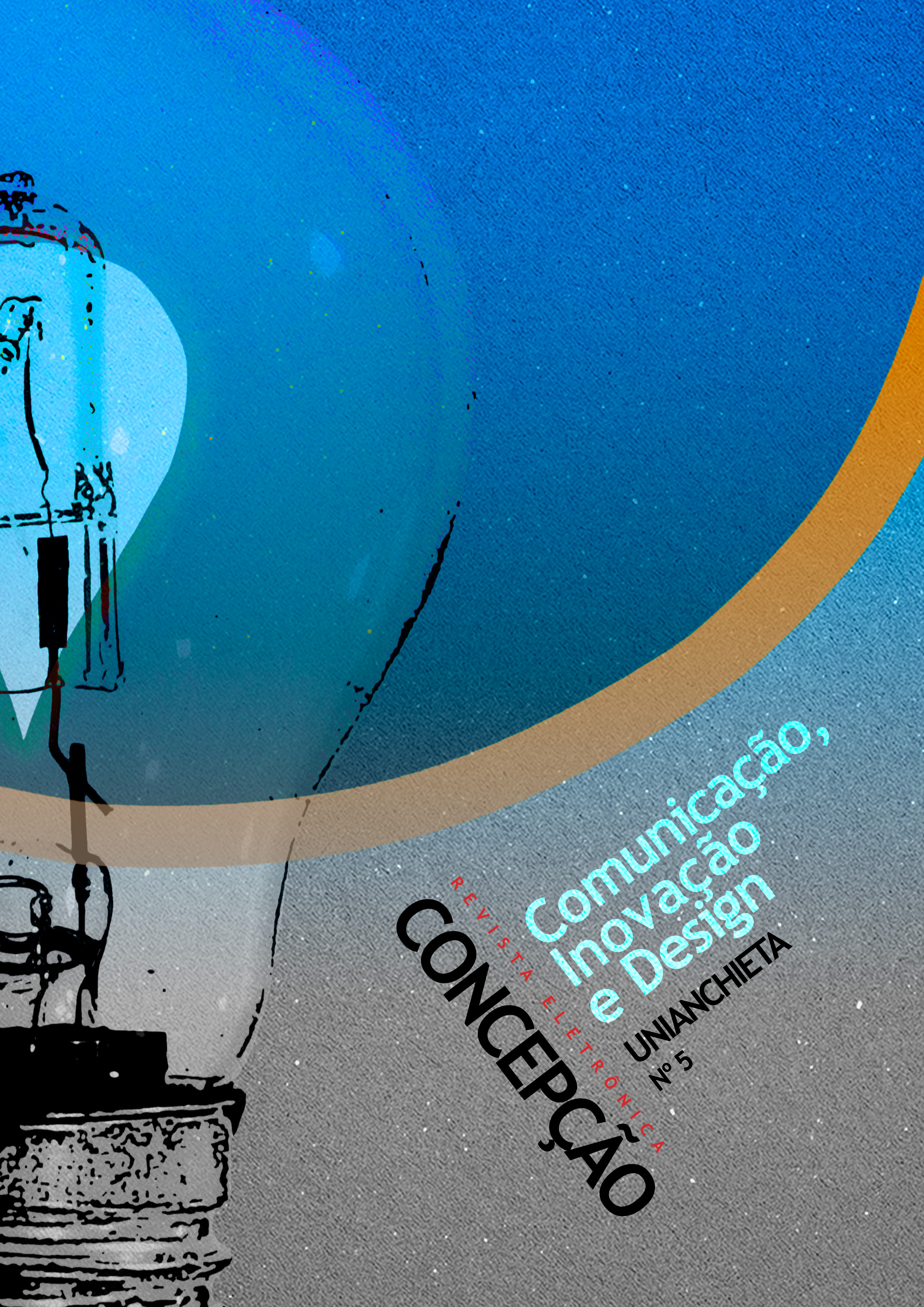ROLE OF POLITICAL PARTY MOUTHPIECES IN DIGITAL POLITICAL COMMUNICATION:
A study of Congress Sandesh and Kamal Sandesh
Abstract
A party mouthpiece is a newspaper, broadcast channel, media outlet, or any medium of communication that expresses the opinion of the government, political party or any political organization. The study focused on digital content analysis of mouthpieces of two ideologically opposing mainstream Indian political parties - Indian National Congress (INC) and Bharatiya Janata Party (BJP) with respect to key political developments in 2019. The events selected for study were – Lok Sabha Election Results 2019, Amendment of Article 370, Ram Mandir Verdict by the Supreme Court of India and the passage of Citizenship Amendment Act (CAA). The e-version of the mouthpieces Congress Sandesh and Kamal Sandesh were chosen for the study with an aim to determine the nature of digital political narratives constructed around these political events. Congress Sandesh (directing to National Herald) was actively seen providing an oppositional narrative to BJP’s “majoritarian nationalism'' using rhetorical communication as it accused the BJP of being divisive. Congress is projected as a party that represents interests of religious minorities; safeguards Indian democracy and its secular values. Contrary to the INC’s political narratives in the digital space, the BJP through Kamal Sandesh identified itself as the only corruption free government since independence, a party that opposes sectarian vote bank politics, dynasty politics, advocates religious rights of the majority and promotes meritocracy. The study demonstrates how political actors use digital spaces other than social media platforms to further their political agendas and establish a community of digital audiences who consume such content to reinforce their political beliefs and identities.


